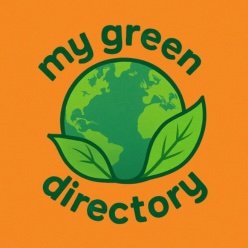- Look for Certifications:
Select products with recognized eco-labels such as EPA Safer Choice or OMRI Listed. These certifications indicate the product meets strict safety and environmental standards, helping you avoid misleading “natural” or “organic” claims that aren’t backed by evidence. - Read Ingredient Lists:
Check for clear labeling of active ingredients. Opt for products that fully disclose all components, especially those with low toxicity and minimal environmental impact. Avoid products with signal words like “DANGER” or “WARNING”; instead, look for “CAUTION,” which indicates lower toxicity. - Targeted Solutions:
Choose pest control methods that specifically target the pest you’re dealing with, rather than broad-spectrum products that can harm beneficial insects and disrupt your local ecosystem.
🏡 Safe and Effective Eco-Friendly Pest Control Options
📝 Smart Usage Tips for Safety and Effectiveness
- Always Read and Follow Label Instructions:
This is both for safety and legal compliance. Labels provide crucial information on application, dosage, and precautions. - Identify the Pest First:
Correctly identify the pest to ensure you’re using the right product or method—many eco-friendly solutions are pest-specific. - Use Only as Needed:
Apply products in targeted areas rather than broadcasting them widely. This reduces exposure risks and preserves beneficial insects. - Store Products Safely:
Keep all pest control products out of reach of children and pets, even if they are labeled as non-toxic. - Combine Methods:
Integrated Pest Management (IPM) combines physical, biological, and eco-friendly chemical controls for the safest, most effective results.
🚫 What to Avoid
- Broad-Spectrum Synthetic Pesticides:
These can harm pollinators, pets, and even contaminate water sources. Avoid products containing organophosphates, carbamates, or neonicotinoids. - Unverified “Natural” Products:
Not all “natural” products are safe—always check for certifications and ingredient transparency.
References: ProTerraPC, Healthier Homes, Phipps Conservatory, Environmental Factor
Choose wisely, use carefully, and enjoy a pest-free home that’s safe for everyone!
Disclaimer
The content provided on MyGreenDirectory.com is for general informational purposes only and does not constitute professional, legal, financial, environmental, or health advice. While we aim to highlight sustainable businesses, products, and services, we encourage all users to independently verify claims, certifications, and practices before making any decisions or purchases.
Some of the links on this site may be affiliate links. This means we may earn a small commission if you click through and make a purchase, at no additional cost to you. These commissions help support the maintenance of the directory, but they do not influence our editorial content or the inclusion of listings.

Comments